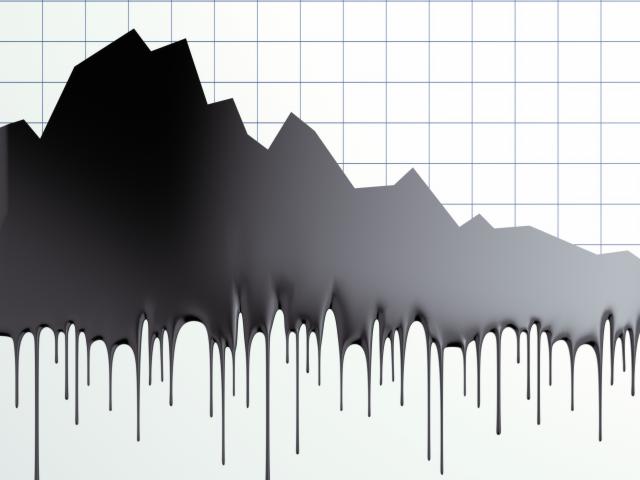By Jameel Ahmad, Chief Analyst at CompareBroker.io
Following a lack of information from the Federal Reserve regarding the US interest rate outlook moving forward, attention once again turned towards resumed selling in the banking sector.
Softening upbeat language will not be enough for future central bank meetings, specifically when it comes to the US. Fed officials will need to at least start talking about a future including possible interest rate cuts for attention to stop being so heavily concentrated on banking sector stress.
If the selling continues and focus is not diverted anywhere else, questions will soon be asked if more regional banks will fall. The fact that three US banks have fallen since March shows that it is not an isolated event with caution warranted.
The negative price action and resumed banking sector attention also occurred a day following the US central bank indicating in its statement that the policy of increasing interest rates has now at least come to a pause. This should have been seen as a reprieve for banking stocks, but a lack of clarity regarding the duration that interest rates could be maintained at current levels is a problem for investor sentiment.
While we might think that central banks have come to the point of raising interest rates as high as they can, officials are unable to directly spell out that message and this has resulted in a negative undertone for markets.
ECB softens hawkish language
The European Central Bank raised interest rates by 25 basis points as widely expected on Thursday, representing the seventh consecutive interest rate increase from the ECB in just under a year.
The ECB did not provide an ambitious 50bp interest rate rise to show an aggressive stance towards combating inflation and it appeared to show caution through dropping its commitment to further hikes. This prevented the Eurodollar from a long-awaited return to 1.11.
ECB President Christine Lagarde tried to provide some guidance that there is more for the ECB to do, which means that we have the door somewhat open for another one or two rate hikes before the end of 2023. However, the ECB were ultimately not upbeat enough in their commentary to provide Eurodollar bulls with needed inspiration.
I remain bullish on the Euro over the long-term, but technical traders are more than aware that 1.10 is proving to be a tough barrier for buyers to cross.
This is no real surprise because it has previously been looked upon as an important psychological handle for the EURUSD. Though we need a clean close above 1.10 before trading concludes for the week on Friday to carry hope that we might finally see 1.11 and beyond in the EURUSD moving forward.
US jobs report in focus
An action-packed week full of macro data and tier-one central bank interest rate decisions is now set to conclude with arguably the most important economic data release of them all, the monthly U.S. employment report.
The non-farm payrolls release will show how many jobs the United States economy created in April.
Expectations for a strong headline number have risen following the ADP employment report on Wednesday indicating that 296,000 jobs were added to the private sector last month. This has encouraged optimism that the monthly NFP report might even show that more than 300,000 jobs were added in April.
Yet, the correlation between the ADP employment change and eventual NFP report is not always positive.
There is some irony that markets could still decline even if the latest U.S. jobs report presents a blockbuster number. This is because a resilient report validates the narrative of the Federal Reserve to continue not giving too much away when it comes to the future monetary policy outlook.
If the number disappoints, it raises some level of anticipation that traders moved too fast to previously push rate cut expectations from late 2023 into next year.
On the other hand, an impressive headline number will allow the Fed to bide its time and wait for more data to come out of the U.S. economy over the next couple of months before clarifying its position. This would not be a good position to be in for stock markets because investors need clarity.
All in all, we are now nearing a point where good news from economic data might actually be digested as bad news for shares.
Strong data will suggest that interest rate policy can be maintained at the present high levels that we are encountering, while markets themselves have been used to cheering on low interest rate policy and eased accessibility to cheap cash for years.
Compare Broker https://comparebroker.io/ is a forex brokerage comparison tool to compare broker ratings, trading fees and trading platforms










